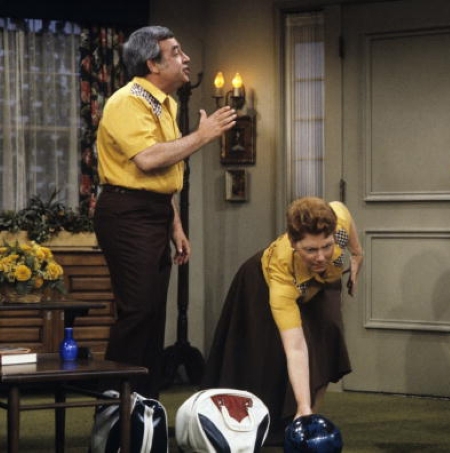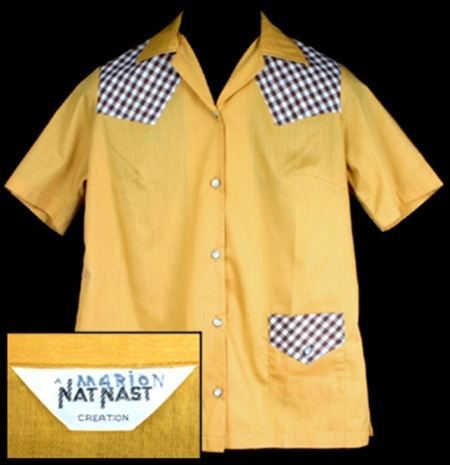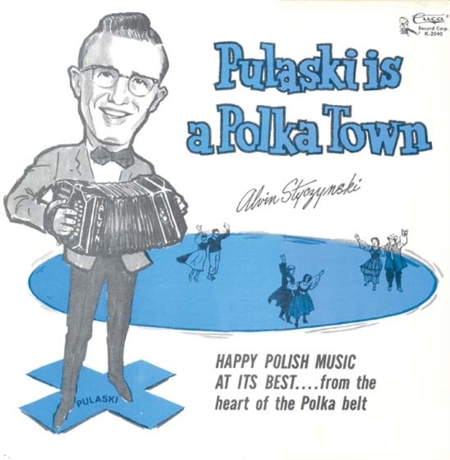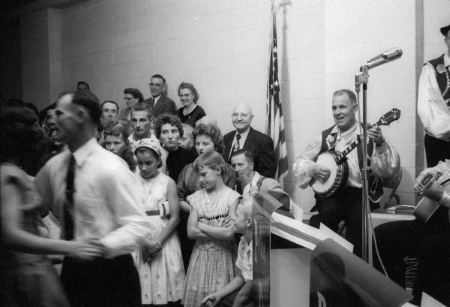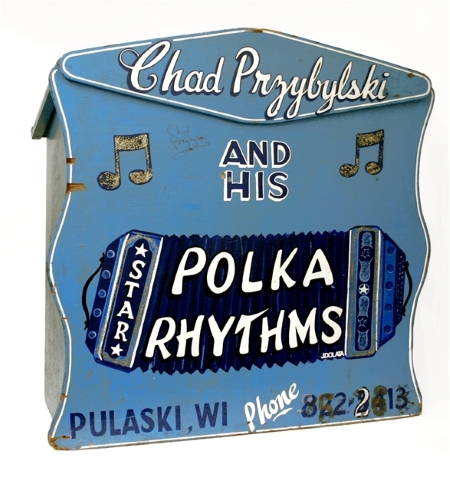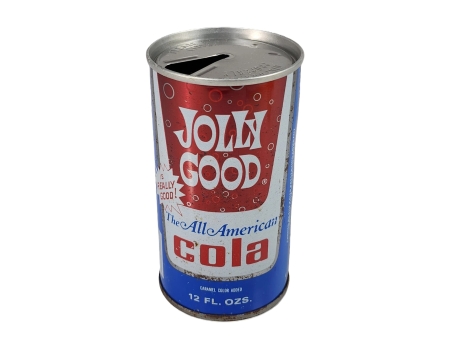Happy Days and 1950s Sentimentality
Happy Days — the precursor to other famous spin-offs including Laverne and Shirley, Joanie Loves Chachi, and Mork and Mindy — first brought idealized values associated with 1950s middle-class America to television viewers on ABC in a 1971 pilot titled “New Family in Town.” While the network…
